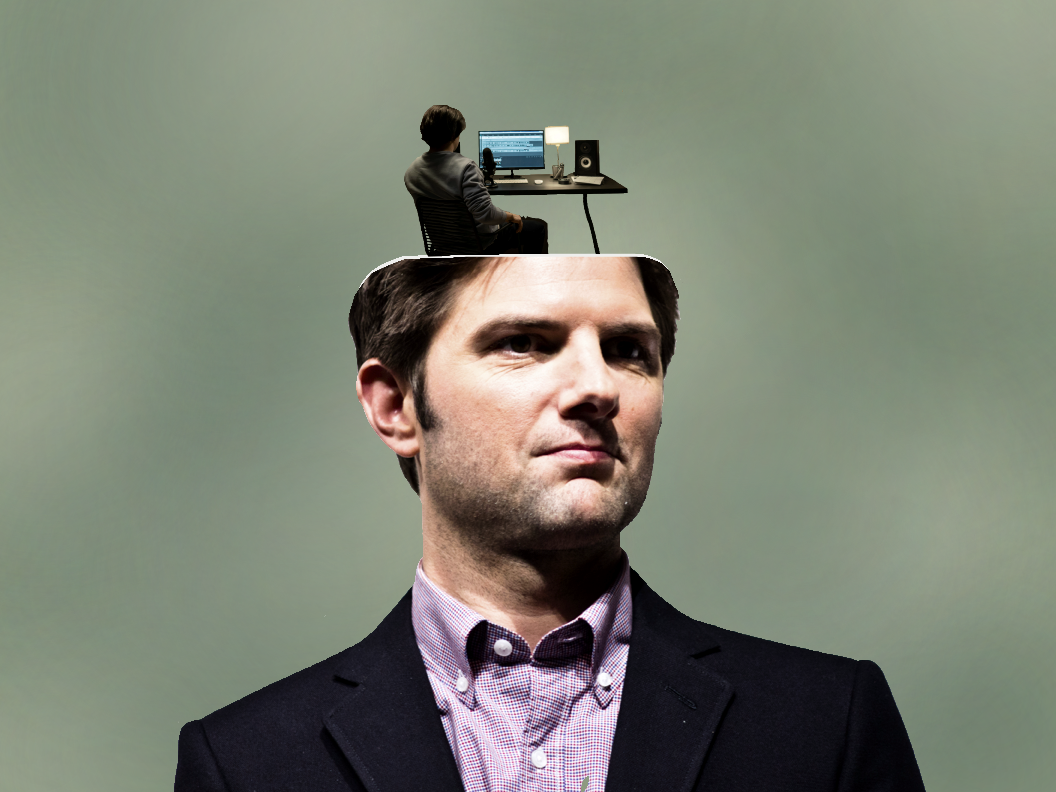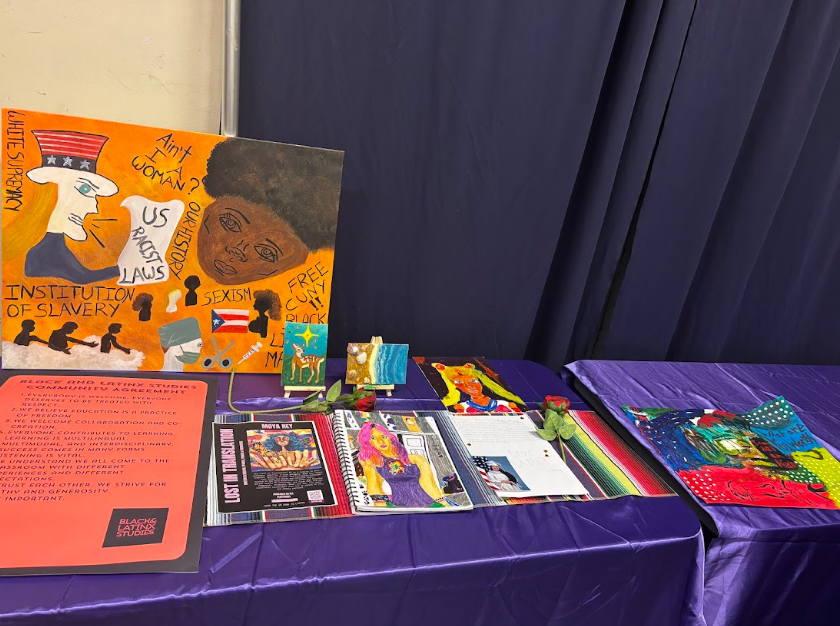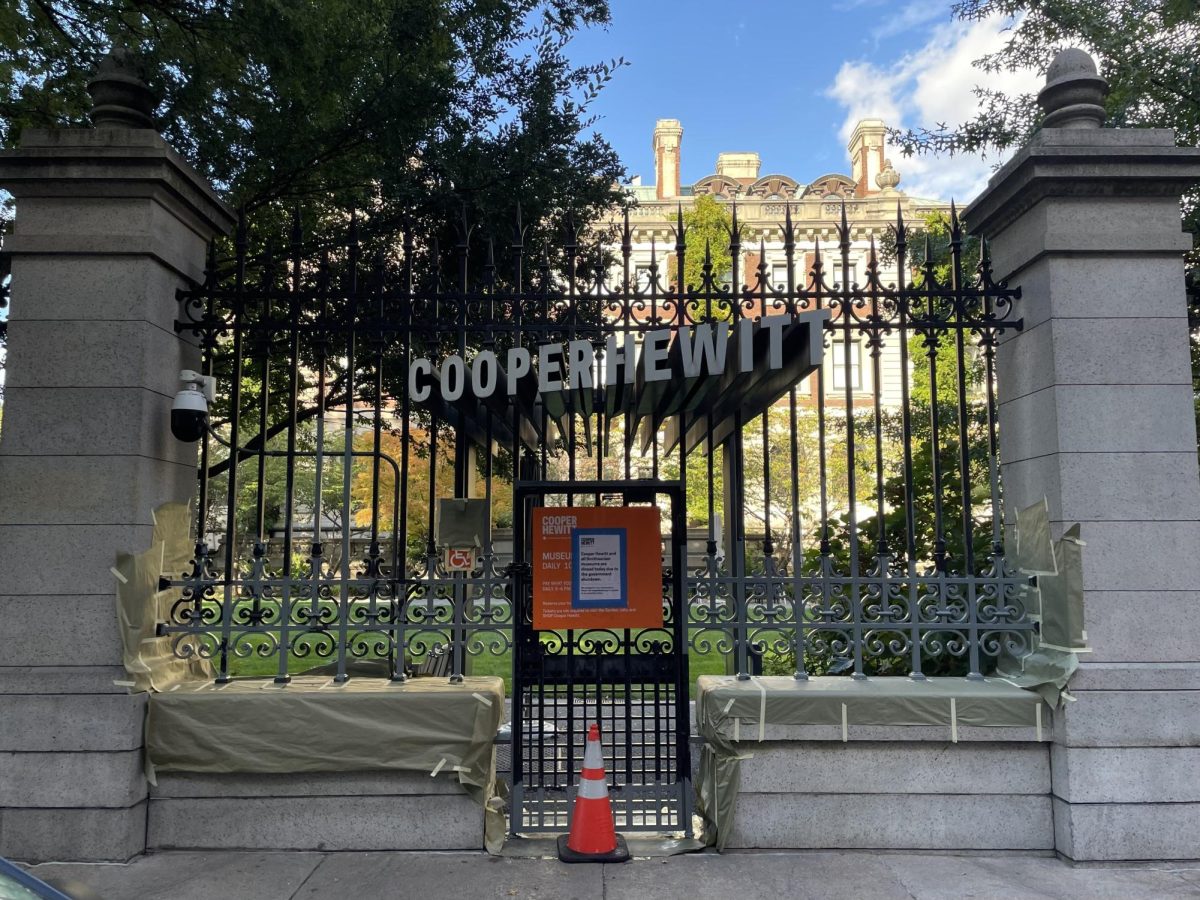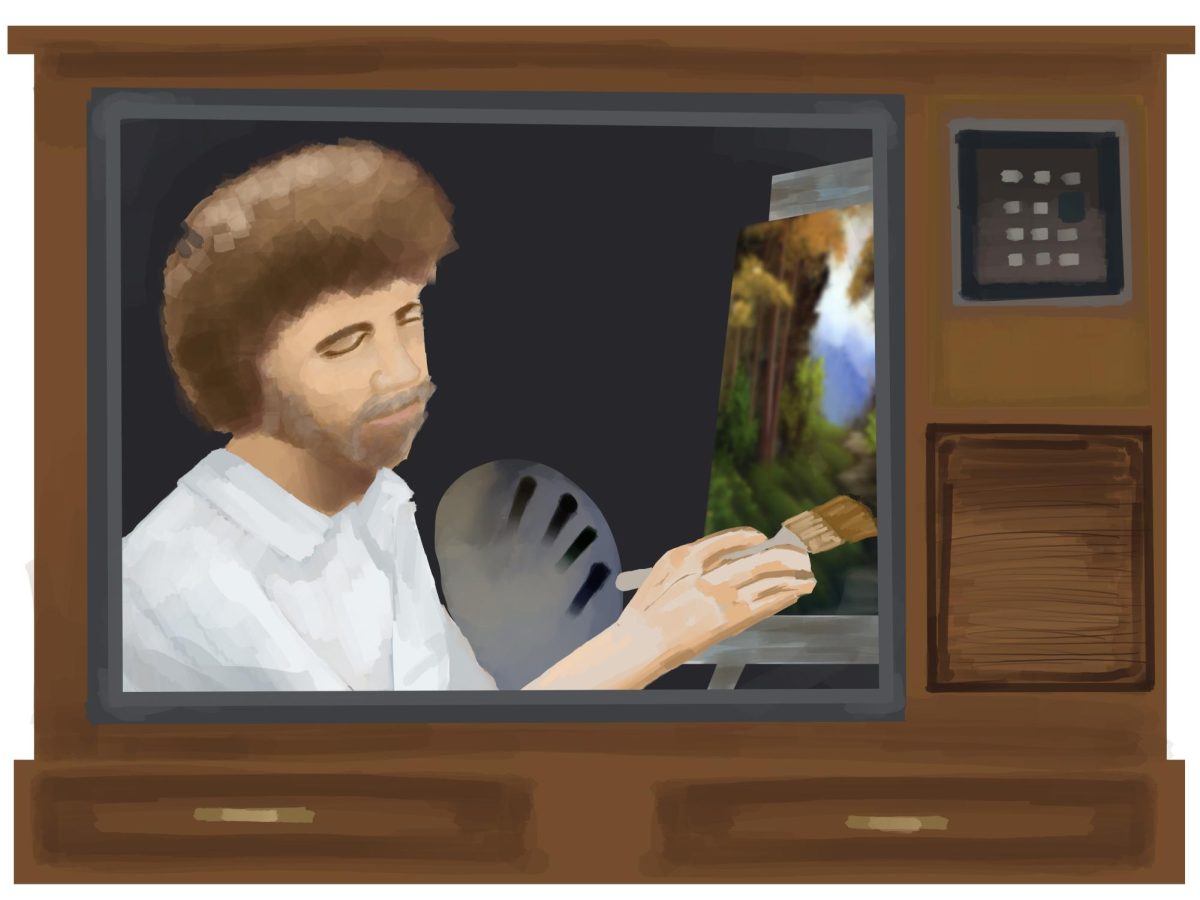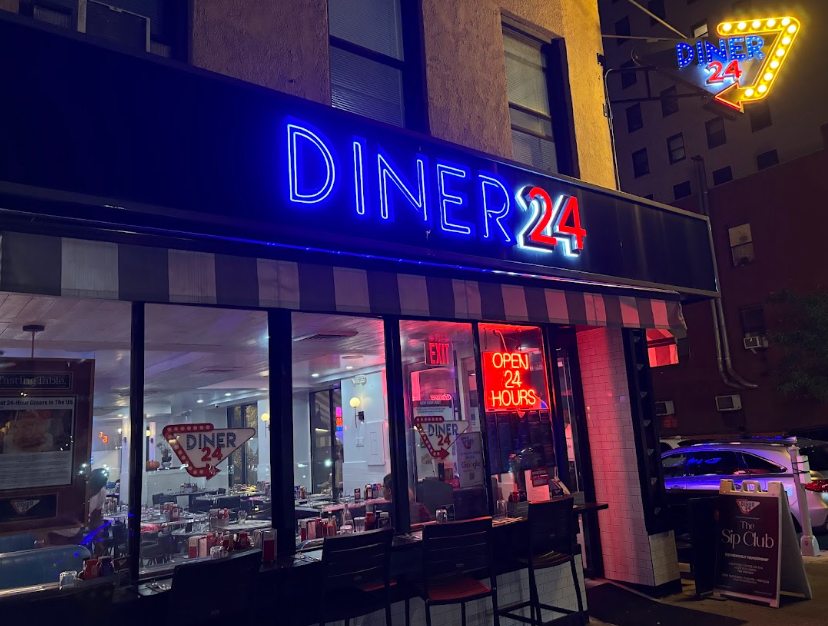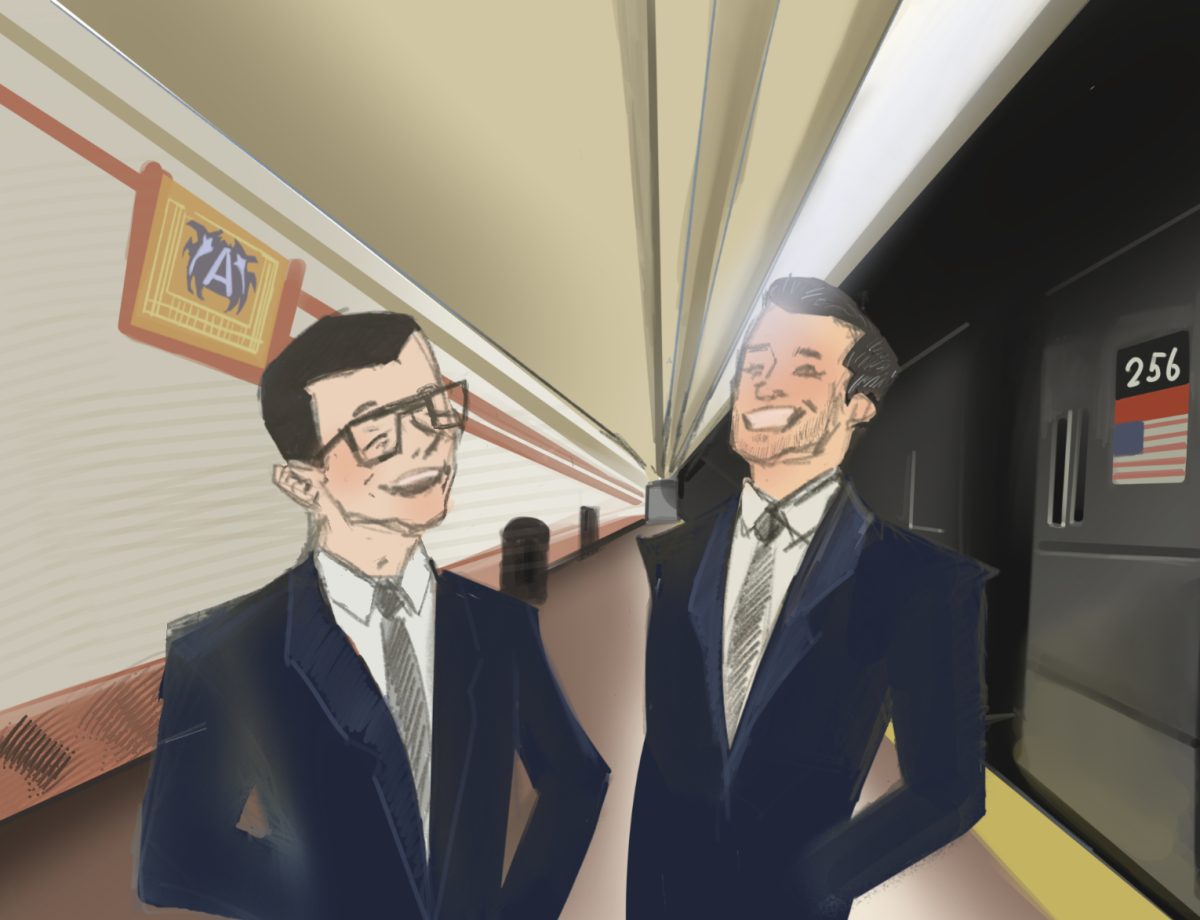Spoilers ahead for both seasons of Apple TV+ show “Severance.”
“Severance” has a lot to say about disability justice. However, because ‘Outies’ choose to undergo the ‘Lumon’ severance procedure of their own free will, that may be surprising.
Season one shows each Outie making video recordings of themselves reading aloud a contract saying they choose to sever “freely,” the opposite of how disability usually occurs.
However, all of season two has been leading up to the completion by Innie Mark S. of the “Cold Harbor” file for Lumon, with the name of said file shared by this season finale.
Fans of the show noted early into the season on Reddit that Cold Spring Harbor Labs in the town of Cold Spring Harbor on Long Island, NY, was the location of the Eugenics Record Office from 1910 to 1939.
A department of the Carnegie Institute, the ERO is also the reason that the town is known as “the eugenics capital of the world.” Eugenics, a philosophy notoriously used to justify the Holocaust, is a word scientists still shun by name today.
“It’s not uncommon for mainstream scientists to embrace some of the ideas, ideologies, and practices that would be imminently familiar to a eugenicist of the past,” Osagie Obasogie, a law and bioethics professor at the University of California, Berkeley, said.
Disability justice has a way to go in the world, but what about the world of “Severance”? At the end of season two, what could disability justice reveal about what might be explored in the show’s just confirmed third season?
The plot of “Cold Harbor” explores themes of agency that the Innies have with their Outies. Mark Scout is forced to ask his Innie for help freeing his wife Gemma from Lumon’s testing floor. She has more than two dozen Innies who are tortured in different rooms, of which “Cold Harbor” is the last.
All of Gemma’s Innies are, as Harmony Cobel informs Innie Mark, what he was creating as he refined ‘macrodata.’
In a fabulous scene made possible by the birthing cabins from season one and a video camcorder, Innie and Outie Mark have a recorded conversation that quickly reveals Outie Mark’s condescension when he misremembers Helena Eagan’s Innie name as “Heleny.” This acts as a parallel to Helena Eagan calling Gemma “Hannah” earlier in the season when talking to Outie Mark.
Meanwhile, Innie Mark realizes his power to accept or reject Outie Mark’s proposal to save Gemma based on whether he feels trust toward his Outie, which he does not. By contrast, Dylan’s Outie more readily recognizes his Innie’s agency and the personal purpose having an Innie serves him as an Outie. Innie Dylan’s confidence and passion for Outie Dylan’s wife, Gretchen, comforts Outie Dylan because he can see some of his younger, unburdened self still exists in the world.
Though initially angry at Innie Dylan for kissing his wife, Outie Dylan confirms in a Lumon-approved letter that his Innie can resign for both of them, thus ending the life of Innie Dylan if that’s what his Innie wants, but that Outie Dylan hopes he doesn’t. Out of the remaining Innie and Outie pairs employed by Lumon at the end of the season, Outie Dylan has recognized his Innie’s rights the most.
Outie Mark is forced to reckon with his Innie’s priorities after threats of withheld assistance. Outie Helena Eagan recognizes the rights of neither her own Innie nor anyone else’s—shown by her sneaking onto the Lumon severed floor pretending to be her Innie earlier in the season.
That betrayal has made fans unsure of who Innie Mark ultimately chooses to be with at the end of the season. Innie Mark chooses love over trusting his Outie and returning their bodymind, a disability justice term. Is he really choosing Innie Helly, or is it Outie Helena playing a trick on him again?
Gemma, freed from the severed floor by Innie Mark in the penultimate scene, must watch a man that looks like her husband abandon her for someone else from the opposite side of a one-way fire exit door window. Since the fire exit door seems to lack an “open door” push button and leads to a space seemingly without a ramp or elevator, it is itself a disability justice issue.
The ambiguity between whether Gemma and the viewers are watching an Innie or a rogue Outie is notable. The Innies’ desire for recognition of their right of self-authorship compared to the Outie’s relatively greater freedom and ease in mobility resembles the situation of disabled people in the world, where individual freedom and mobility can be limited by lack of accommodations for physical differences, as in infrastructure like ramps and open door buttons, and mental differences—such as agoraphobia.
Viewers might therefore think the Innies represent disabled people and activists. However, in her book “Against Technoableism,” Ashley Shew said in U.S. Social Security law, “disability” refers to someone who cannot engage in work activity due to medical reasons.
“Thus, ableism or discrimination against people with disabilities is not some ‘natural’ inclination of the ‘normal,’ but an attitude conditioned by the labor market: we fear disablement because we fear unemployment,” Bassam Sidiki said in a 2022 essay in Chicago Review.
The strong ties between the definition of disabilities and ability to labor, which Shew said goes back to American slavery when Black enslaved people’s relative value was classified so enslavers could sell them, would make, by definition, the non-working Outies the ones who would be labeled “disabled.”
This conception of disability as well as “Severance’s” focus on agency and the reference to Cold Harbor means season three will likely continue to explore themes of disability justice.
Will Outies realize they are less valuable to Lumon than their Innies? Viewers might see more Outies being treated like second-class citizens in Kier.
Other Outies besides Gemma may find themselves banging on the outside of the severed floor’s fire exit door to be let inside, so they, too, can be seen, recognized, and valued.


